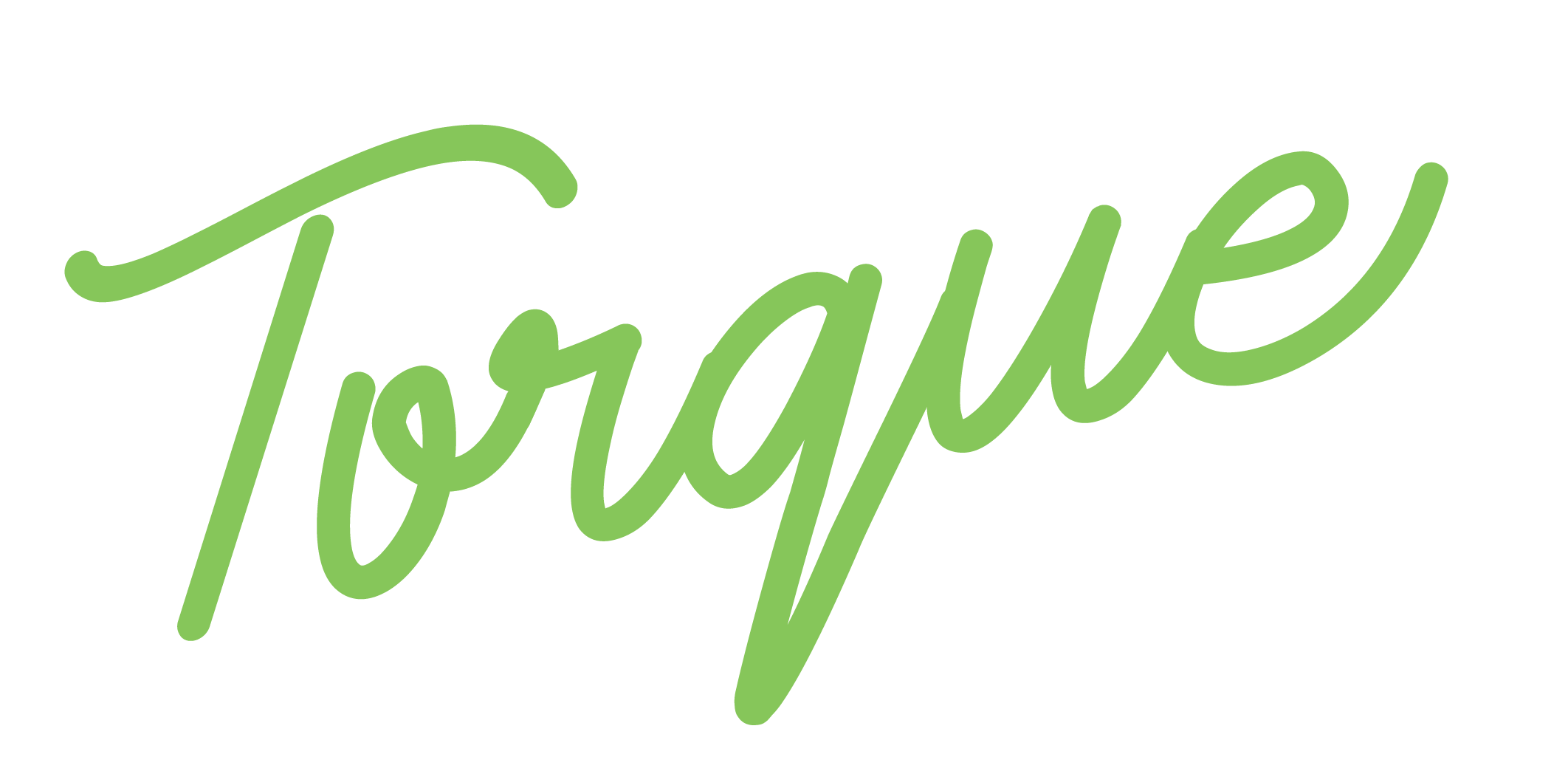
7 Steps You Can Take to Improve Women's Experience in Your Organisation
Aug 9
/
Loren Phillips

This Women's Month, organisations must commit to taking high-impact actions that will change women's experience at work for the better. Too often, Women's Day initiatives are little more than a token gesture with no real impact on women's lives. This has to change. We need to move beyond surface-level changes and make a real difference in the lives of working women. In this blog post, we will discuss high-impact actions you can take to improve women's experience in your workplace.
Before we continue, please note the language used is aimed at being inclusive to all and recognising everyone as a unique person. However, in some places, language may use binary gender terms or non-inclusive language, which was determined to have the most significant impact. This is in no way meant to exclude or not recognise anyone.
Women's Day is an important opportunity for organisations to reflect on their efforts to promote gender equality and equity. It is a chance to assess whether current initiatives are having the desired impact and to identify areas where further work is needed. Women's Day activities should therefore be designed to promote lasting change. This means that they should be based on a clear understanding of the barriers women face in the organisation and should be carefully planned to maximise their impact. By taking this approach, organisations can ensure that Women's Day is more than just a one-off event; instead it is used to highlight and drive meaningful, lasting change in the workplace.
Women's Day is celebrated annually in South Africa on August the 9th, and while it is a day to celebrate the progress made for women's rights, it is also a day to reflect on how far we still have to go. Unfortunately, many current Women's Day initiatives fall short when it comes to delivering lasting and meaningful change. They often fail to do what they are intended to do: let women in the organisation know that they are valued, appreciated and have access to equal opportunities when it comes to advancement in the workplace. This is not only disappointing, but it can also be discouraging for women who are striving to achieve parity in the workplace. Women's Day should be where all women feel supported and valued and where organisations commit to taking concrete steps to close the gender gap. Only then will we be able to celebrate Women's Day truly.
So what can you do to ensure that your Women's Day is every day?
Redefine your workplace policies to promote gender equity in all ways.
Any workplace policies that promote gender equity should start with a clear definition of what equity means. For this discussion, equity is defined as the fair treatment, access, opportunity, and advancement of all employees, regardless of gender. With this in mind, there are several specific ways in which workplace policies can promote gender equity. First, all employees should be given the same career development and advancement opportunities. Second, all employees should be held to the same job performance and behaviour. standards, and third, workplace policies should provide everyone with the same support and resources needed to succeed in their roles.
By implementing this thinking regarding policies, workplaces can help create a fair and equitable environment for everyone.
Rethink parental leave and how it impacts the lives of your employees
Parental leave policies have come under scrutiny in recent years, with many calling for increased flexibility and inclusion. Traditionally, parental leave has been geared towards mothers, typically the primary caretakers of young children. However, fathers, parents and caregivers also need time to bond with and care for their children. In addition, same-sex couples and parents of adopted children often face unique challenges regarding childrearing. As a result, many companies are rethinking their parental leave policies better to meet the needs of all types of families.
Parental leave policies that are more inclusive and flexible can positively impact employees' lives. For example, parents taking advantage of parental leave are more likely to be involved in their children's lives, leading to improved child outcomes. In addition, employees who feel supported by their employers during the early months and years of parenting are more likely to be engaged and productive at work. Ultimately, inclusive parental leave policies can benefit both employees and employers.
Make sure women at all levels can access the initiatives
Over the past few years; there has been a growing awareness of the need for gender diversity in the workplace. This has led to many initiatives designed to promote equality and inclusion for women. However, many of these initiatives have been little more than token gestures that do little to improve the workplace experience of women. One example is the common practice of holding events and webinars on gender diversity. While these events create some awareness, they often exclude the deskless and frontline workers.
Women work at all levels in an organisation. Most would welcome practical initiatives that include flexible working arrangements, free access to sanitary products, opportunities for professional development, comfort rooms, and improving recruitment and promotion practices. By taking such steps or drawing attention and clear information on how to access these initiatives, organisations can create truly inclusive workplaces.
Consider gender equity at every touch point.
The modern workplace is evolving, and with that evolution comes a need for new policies and practices that support a more diverse and inclusive workforce. One area that has seen significant changes in recent years is the issue of gender equity. In the past, many workplaces were geared towards men, with women often treated as second-class citizens. However, times have changed, and today's businesses need to consider gender equity at every touch point of the employee experience, from "hire-to-retire". This means creating an environment where everyone feels valued and respected and has an equal opportunity to succeed. It's not enough to simply have a few token women in leadership positions; true gender equity requires a fundamental change in how businesses operate. Fortunately, many resources are available to help companies make this shift. By committing to gender equity, companies can create a more positive work environment for everyone involved.
Be cognisant of how you use language in your policies and internal communications
In today's business world, it's more important than ever to be aware of gender bias in both your job postings, procedures and internal communications. Not only can this help to avoid potential legal issues, but it can also send a strong message to your employees that you're committed to promoting gender equality in the workplace.
One way to help ensure that your policies and communications are free from gender bias is to check your team's assumptions around gender roles regularly. If you notice that attitudes around gender roles are influencing your communications, take steps to correct this. For example, you should use gender-neutral language in your policies and communications or provide training on gender bias for your employees. These measures can help create a more inclusive environment for everyone in your organisation.
Here's an excerpt from Torque's Cultural Quotient learning module on hiring practises
Think about how your company employs individuals. What stereotypes do people favour and recognise as "good cultural practices”? Review the job descriptions below. Who do you think possible candidates are? What characteristics do they hold? Do they have a specific race, gender, or sexuality? Why do you think you hold these views?
Think about how your company employs individuals. What stereotypes do people favour and recognise as "good cultural practices”? Review the job descriptions below. Who do you think possible candidates are? What characteristics do they hold? Do they have a specific race, gender, or sexuality? Why do you think you hold these views?
Branch Manager
This Branch Manager job description template is optimised for posting on online job boards or careers pages and is easy to customise for your company. Use this job description when hiring a Branch Manager for your bank. Branch Manager responsibilities include:
- Directing all operational aspects, including distribution, customer service, human resources, administration and sales in accordance with the bank's objectives
- Providing training, coaching, development and motivation for bank personnel
- Developing forecasts, financial goals and business plans
- The role requires irregular working hours. Travel is required at least 40 per cent of the time.
Office Manager
The Office Manager is needed to organise and coordinate administration duties and office procedures. Your role is to create and maintain a pleasant work environment, ensuring high levels of organisational effectiveness, communication and safety. Serve as the point person for office manager duties, including:
- Schedule meetings and appointments
- Organise the office layout and order stationery and equipment
- Maintain the office condition and arrange necessary repairs
- This role is office-based and requires no travel. Working hours are 08:00-17:00
Debrief
Diversifying hiring practices can ensure a more inclusive and representative workspace. Think about the stereotypes that came to mind when reading each job description.
- Do you associate the Branch Manager post with a male? What race is he? Why do you think that you may believe in this manner?
- With what gender do you associate with working long hours? Why is that the case?
- What gender do you associate with office management? Is that a gender-specific job?
Reflect on your own biases and how these interact with the cultural stereotypes you may hold. Now relook at the job description for Branch Manager. Think of concrete actions that can be taken that will ensure an equal approach to work opportunities and hiring practices.
Promoting physical and psychological safety in the workplace
Today, more and more businesses are recognising the importance of promoting gender equity. Not only is it the right thing to do, but it also makes good business sense. After all, gender equity leads to a more diverse and inclusive workforce, which can help to boost creativity and innovation. And when employees feel safe and valued, they are more likely to be productive and engaged.
There are many ways to promote gender equity in the workplace. For example, companies can offer flexible work arrangements, institute policies prohibiting discrimination and harassment, and provide training on gender-inclusive communication. By taking steps to promote gender equity, businesses can create a safer and more welcoming environment for all employees.
Promote Learning and Development for Women
While gender equity in the workforce is still an ongoing issue, there has been significant progress made in recent years to promote learning and development for women, particularly in leadership. Women have a lot to offer in terms of leadership and management skills, but they often face unique challenges in the workplace. As such, it is essential to provide opportunities for women to learn and grow as leaders. This can be done through formal leadership development programs, mentorship programs, and other initiatives that support gender equity in the workplace. By providing these opportunities, we can help to break down barriers and promote a more inclusive and diverse workplace.
We hope you will take these actions to heart and make a real change this Women's Month. If you would like more information on how to enact any of these changes, or if you have other ideas that you think we should know about, please do not hesitate to get in touch with us. Our experts are always happy to help promote gender equity in the workplace.


